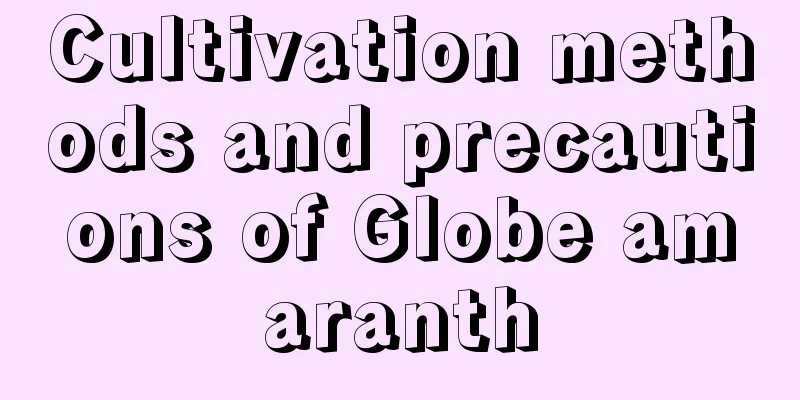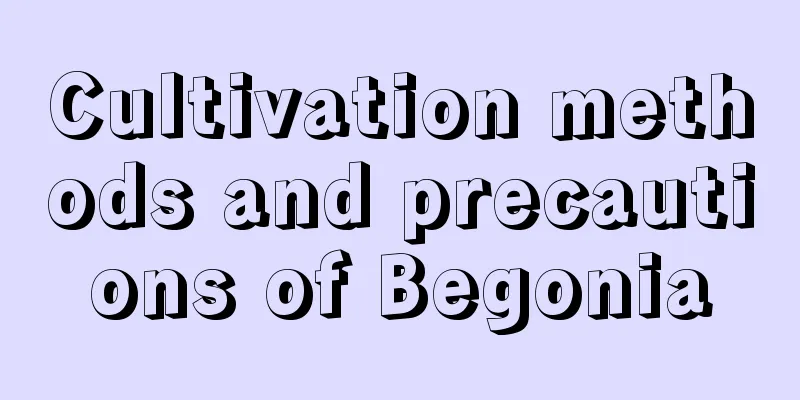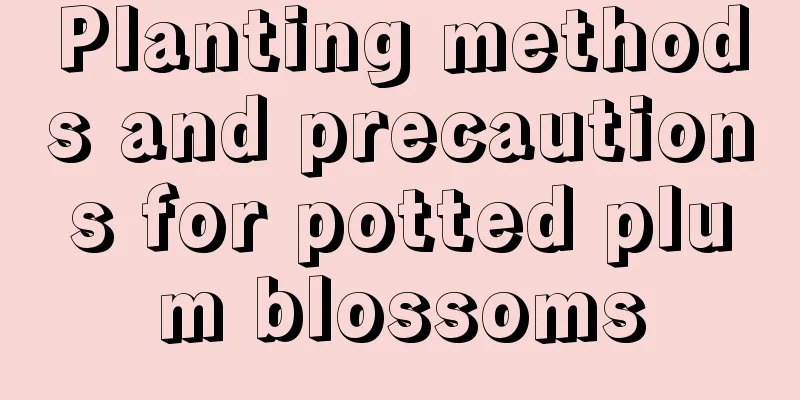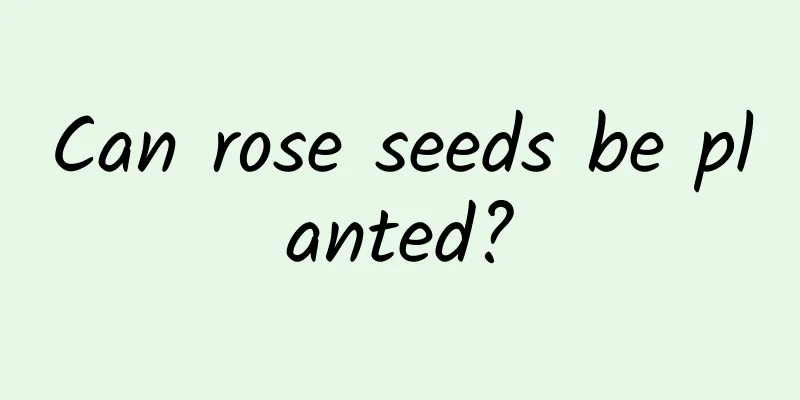Cultivation methods and precautions of Globe amaranth

How to cultivate Globe amaranthLighting requirementsGlobe amaranth likes an environment with plenty of sunlight. During the maintenance process, it is necessary to ensure at least 4 hours of direct sunlight every day. The maintenance location cannot be too shady, otherwise the plant will grow slowly and the flower color will be dull. If you happen to encounter a day when the Globe Amaranth is in its seedling stage, you can use fluorescent lamps to supplement the light. Water and fertilizer requirementsGlobe amaranth prefers a slightly moist to dry soil environment and is relatively drought-resistant. It would rather keep the soil dry than waterlogged when watering. During the growth stage of seedlings, especially when leaves are growing, watering should be properly controlled. After the flower buds differentiate, the amount of watering can be appropriately increased to ensure normal growth of the flowers. Globe amaranth likes fertilizer. In addition to adding sufficient base fertilizer to the soil when planting, apply phosphorus and potassium fertilizers once every half a month during the growth period. This can not only promote plant growth, but also enhance resistance and reduce disease. Plastic pruningGlobe amaranth grows rapidly. When the seedlings grow to 15 cm, pinch them off to promote branching. Afterwards, decide whether to carry out a second pinching based on the growth of the plant to control the plant shape and flowering period. In addition, during the growth process, yellowing and wilting leaves should be cut off in time, and the branches and leaves should be thinned out appropriately to ensure a beautiful plant shape. Precautions for breeding of Globe amaranthFlowering ManagementAfter flowering, this is a stage that is easily overlooked. The main thing is to keep the soil in the pot slightly moist, and do not water from top to bottom to avoid getting the flowers wet. Stop fertilizing during flowering and ensure sufficient light. Cut off the branches in time after flowering to promote regrowth and flowering. Pest and disease controlThe yellowing of Globe Amaranth is caused by damping-off disease. We must take preventive measures, disinfect it in time before planting, and irrigate the roots with fungicides when the disease occurs. |
<<: Cultivation methods and precautions of Rhododendron
>>: Common varieties of cockscomb
Recommend
What to do if camellia buds fall off
The causes and prevention of camellia bud drop Ca...
The difference between syrup and wax apple
1. Differences between tree trunks The sycamore c...
Planting method and time of millet pepper planting technical requirements
The best time to plant chili peppers The suitable...
In early autumn, pay attention to these 6 things when growing flowers!
1. There should be sufficient light. Some light-l...
She filled 100 pots with just one succulent plant. How did she do it?
Succulent leaf cuttings The first thing Huahua wa...
How to make the rubber tree grow more side branches? Can the main trunk be carved?
1. How to make rubber trees grow more side branch...
These 6 kinds of flowers are super frost-resistant and will bloom in the winter and stay in bloom for two months!
Cyclamen Lowest cold-resistant temperature: 0℃ Fl...
Lithops Varieties
1. How many varieties are there? Lithops is a com...
How to propagate the flower
1. Softwood propagation For propagation through s...
Planting methods and time management techniques for long beans
Suitable planting time for long beans Long beans ...
What other flowers are you growing? The leaves of these 8 flowers are 100 times more beautiful than the flowers!
Coral Bells Coral bells, also known as alum root,...
Cultivation method of red birch
1. Maintenance methods 1. Temperature: Red Birch ...
When is the sweetest time to harvest?
Sweet potato is a common crop. The stems of the p...
What is the legend of the ginger lotus?
1. Flower language of ginger lotus 1. Noble and e...
Peach nourishes people, apricot hurts people, what does it mean to bury a dead person under a plum tree (is this sentence scientific)
Peach nourishes people Peaches are warm in nature...









